Clever Ways to Shop and Keep More Money in Your Pocket
Let’s be real—shopping is fun. Whether it’s that new outfit, the latest gadget, or just your weekly grocery run, spending money feels good… until you check your bank balance later and wonder, “Where did it all go?”
Here’s the good news: you don’t have to stop shopping to start saving. By using some clever strategies, you can enjoy your purchases and still keep more money in your pocket. Think of it as “smart shopping” instead of “no shopping.”
So grab your coffee (homemade, of course 😉), and let’s dive into some fun, practical, and totally stress-free ways to shop smarter.
Why Shopping Smart Matters
We live in a world where advertisements are everywhere—emails, Instagram, even that YouTube video you clicked on just to relax. Marketers are experts at making us want things we don’t need.
Shopping smart helps you:
- Avoid impulse buys that leave you with regrets.
- Get more value for every dollar you spend.
- Free up money for bigger goals (vacations, debt payoff, or building your emergency fund).
💡 Fun Fact: A study by the National Retail Federation found that over 40% of shoppers admit to buying things they didn’t plan to—just because of sales!

Clever Ways to Shop Without Overspending
1. Make a List (and Actually Stick to It)
It sounds boring, but trust me, lists are life-savers. Whether you’re hitting the grocery store or shopping online, a list keeps you focused.
👉 Pro Tip: Use your phone’s notes app or free tools like Google Keep so you never forget it at home.
2. Shop with “Fun Money”
Instead of cutting yourself off completely, give yourself a “fun money” budget. Maybe it’s $50 or $100 a month—whatever works for your budget. Spend it guilt-free on small treats, and you won’t feel the urge to splurge big later.
3. Timing Is Everything
Did you know you can save just by shopping at the right time?
- Clothes are often cheapest at the end of the season.
- Electronics usually drop in price around Black Friday or during back-to-school sales.
- Groceries? Shop late at night—stores often discount fresh items before closing.
👉 Resource: Consumer Reports – Best Time to Buy Things.
4. Compare Before You Buy
Impulse buying is fun, but comparing prices is smarter. Apps and websites like:
- Honey (browser extension for coupons)
- CamelCamelCamel (Amazon price tracker)
- Google Shopping (compare prices across stores)
…can save you big bucks with just a few clicks.
5. Cash Back & Rewards Apps
Why pay full price when you can get money back? Apps like Rakuten, Ibotta, or even your credit card’s cash-back program can put dollars back in your pocket for purchases you’d make anyway.
💡 Imagine buying $200 worth of groceries and getting $10 back—easy win!
6. Don’t Shop When You’re Bored
We’ve all been there: scrolling through an online store because we’re tired, stressed, or just bored. Shopping becomes entertainment… and your wallet suffers.
👉 Instead: Keep a “want later” list. If you still want the item after 30 days, go for it. You’ll be surprised how often the urge disappears.
7. Use Coupons & Promo Codes (The Smart Way)
Before hitting checkout, spend 30 seconds searching for coupon codes.
- Try sites like RetailMeNot or Honey.
- Many brands offer 10% off just for signing up for their newsletter.
Small discounts add up fast over a year.
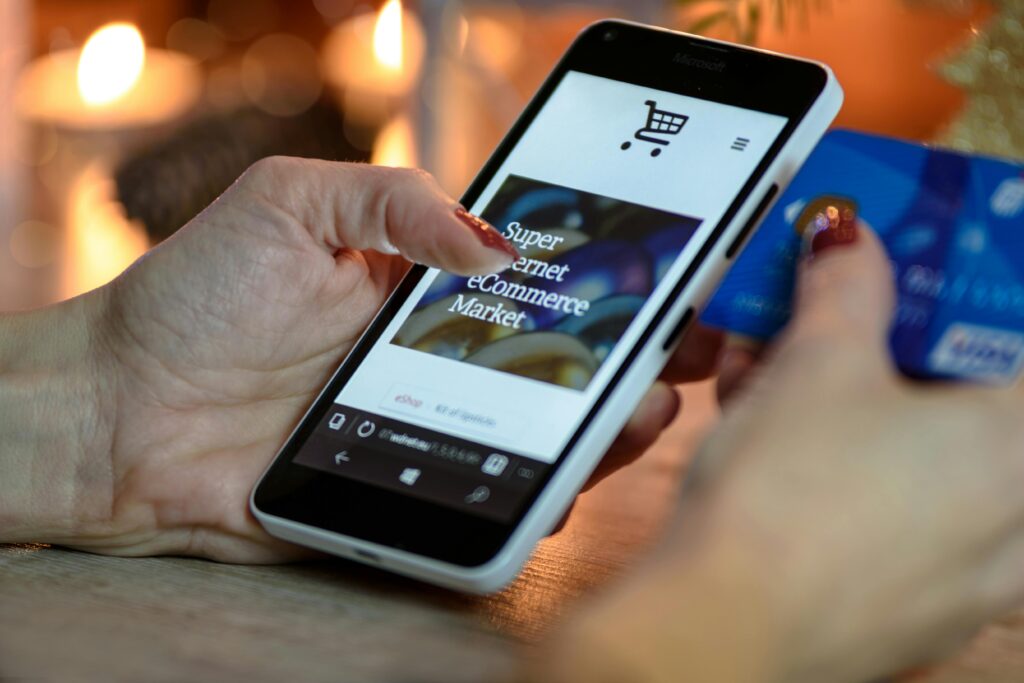
8. Go for Quality Over Quantity
Sometimes “cheap” ends up being more expensive. That $10 T-shirt that falls apart after two washes? Not really a bargain.
Instead, invest in a few high-quality items that last longer. Not only does this save money, but it also keeps your closet clutter-free.
9. Shop Local & Thrift Smart
Thrift stores and local markets are treasure chests. You can find unique clothes, furniture, or even gadgets at a fraction of the cost. Plus, it’s sustainable—good for your wallet and the planet 🌍.
10. Grocery Store Hacks
Food is one of the biggest budget-eaters. Here’s how to outsmart it:
- Don’t shop hungry (everything looks good).
- Buy in bulk for staples like rice or pasta.
- Choose store brands—they’re often made by the same companies as name brands.
11. Wait Before Buying Big Items
See that shiny $800 phone? Don’t click “buy” yet. Give yourself a 48-hour pause for smaller items or even a month for bigger ones. This cooling-off period kills impulse spending.
12. Pay with Cash (Yes, Old School)
Swiping a card feels painless, but handing over real cash makes you more aware of spending. Studies show people spend less when paying with cash compared to cards.
13. Unsubscribe from Temptation
Those “FLASH SALE – 70% OFF” emails? Straight-up traps. Unsubscribe from stores you don’t need, and watch your spending temptations drop overnight.
14. Think Cost Per Use
Instead of focusing only on the price, think about how often you’ll use it. A $100 jacket worn 50 times is actually cheaper than a $25 shirt worn twice.
15. Celebrate Your Wins
Saving money while shopping doesn’t mean living like a monk. Celebrate the small victories—whether that’s finding a great deal, resisting an impulse buy, or sticking to your list.
Common Mistakes to Avoid
- Chasing every sale “just because it’s on sale.”
- Buying things you wouldn’t want at full price.
- Forgetting about hidden costs (shipping, taxes, subscriptions).
Fun Mindset Shift: Be a “Money Detective” 🕵️
Instead of seeing shopping as just spending, turn it into a game. Hunt for deals, challenge yourself to save more than last month, or brag about your “savings score” with friends. Making it fun helps you stick with it!
Final Thoughts
Shopping isn’t the enemy—it’s how you shop that matters. By planning ahead, timing your buys, and making small adjustments, you can enjoy the things you love while still keeping more money in your pocket.
Remember: It’s not about denying yourself—it’s about being clever with your choices. And the best part? Every dollar you save is one step closer to financial freedom.
So next time you shop, ask yourself: Am I buying this smartly, or am I letting the store win? 😉
FAQs
Q1. Is it better to shop online or in-store for savings?
Online often has more deals, but in-store gives you the advantage of avoiding shipping costs and impulse “add-to-cart” buys.
Q2. How much can cashback apps really save?
On average, cashback users save hundreds each year just by stacking deals.
Q3. Should I use credit cards for shopping?
Yes, but only if you pay the balance in full monthly. This way, you get rewards without interest charges.
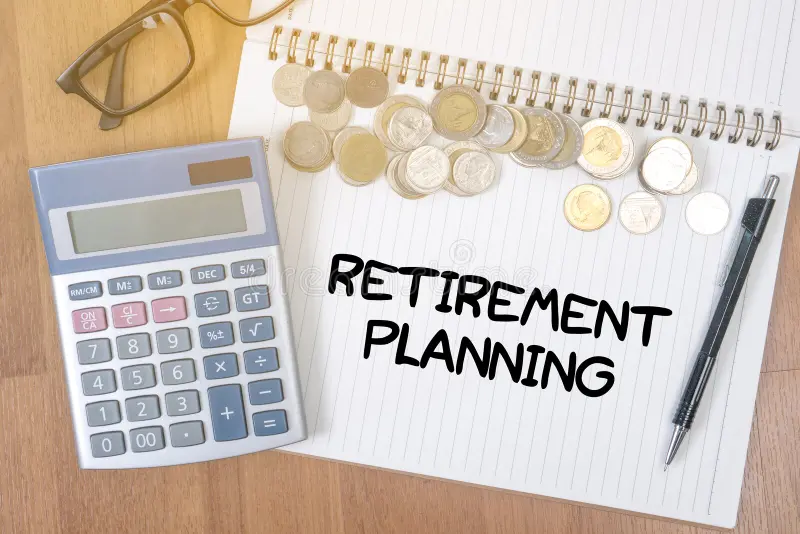
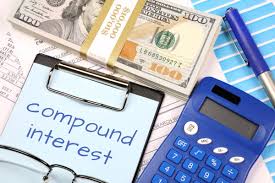





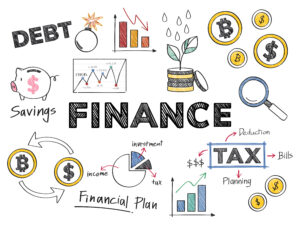



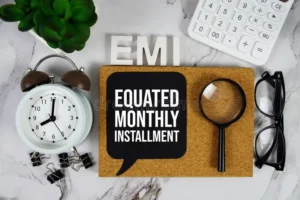
Post Comment